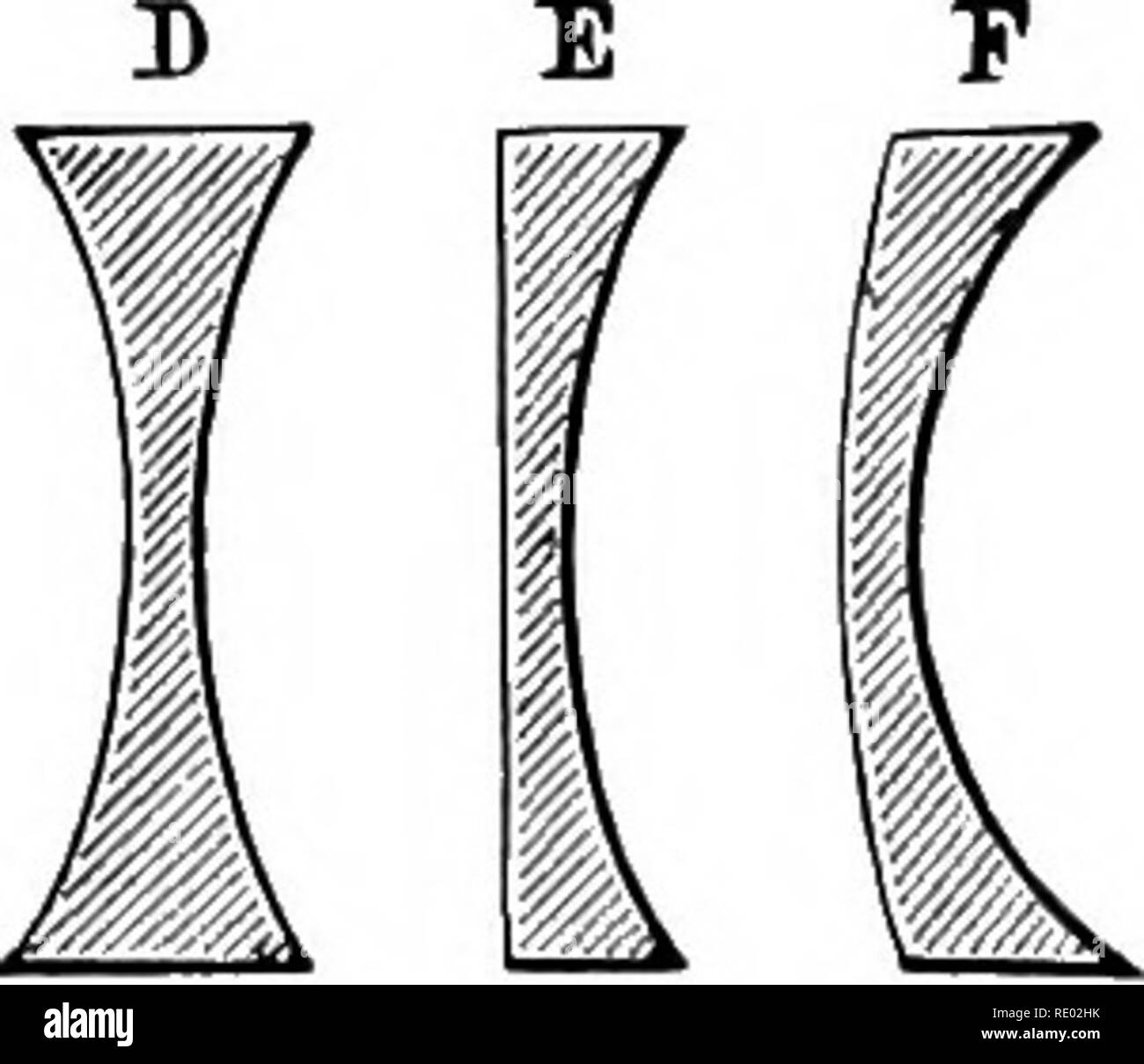. The physiology of the domestic animals; a text-book for veterinary and medical students and practitioners. Physiology, Comparative; Domestic animals. Fig. 374.âAction of a Convex Lens on Light. (Landois.) I. ! -. ,n m, chief axis â , O, optical centre: rays (>i ») passing through this centre are principal rays, and are not refracted. II. Parallel rays are collected at a focus,/. /O being the focal distance. III. Rays diverging from a point, h, on the chief axis, within the focal distance, pass out of the other side of the lens less divergent, but do not come to a focus. IV. Rays from a s

Image details
Contributor:
The Book Worm / Alamy Stock PhotoImage ID:
RE02HKFile size:
7.2 MB (193.5 KB Compressed download)Releases:
Model - no | Property - noDo I need a release?Dimensions:
1704 x 1467 px | 28.9 x 24.8 cm | 11.4 x 9.8 inches | 150dpiMore information:
This image is a public domain image, which means either that copyright has expired in the image or the copyright holder has waived their copyright. Alamy charges you a fee for access to the high resolution copy of the image.
This image could have imperfections as it’s either historical or reportage.
. The physiology of the domestic animals; a text-book for veterinary and medical students and practitioners. Physiology, Comparative; Domestic animals. Fig. 374.âAction of a Convex Lens on Light. (Landois.) I. ! -. , n m, chief axis â , O, optical centre: rays (>i ») passing through this centre are principal rays, and are not refracted. II. Parallel rays are collected at a focus, /. /O being the focal distance. III. Rays diverging from a point, h, on the chief axis, within the focal distance, pass out of the other side of the lens less divergent, but do not come to a focus. IV. Rays from a source of light, /, beyond the principal focus, /, again converge on the opposite side of the lens. V. Formation of an inverted image by a convex lens. ferenee; consequently, the amount of refraction increases as the circum- ference of the lens is approached. This is known as spherical aberration. If a screen be placed in the focus of the rays passing near the centre of A Fig. 375.âDifferent Kinds of Lenses. (Gemot.) A, double convex ; B, plano-convex; C, converging concavo-convex: D. double concave; E, plano-concave; F, diverging concavo-convex; C and F are also called meniscus lenses. the lens the resulting image will be bright in its central portion, and will have surrounding it a halo which becomes fainter and fainter as we pass from the centre to the circumference (Fig 316). Spherical aberration may be corrected in two ways: by increasing. Please note that these images are extracted from scanned page images that may have been digitally enhanced for readability - coloration and appearance of these illustrations may not perfectly resemble the original work.. Smith, Robert Meade, 1854-. Philadelphia and London, F. A. Davis